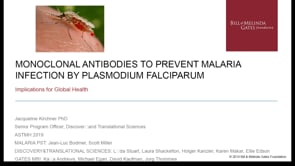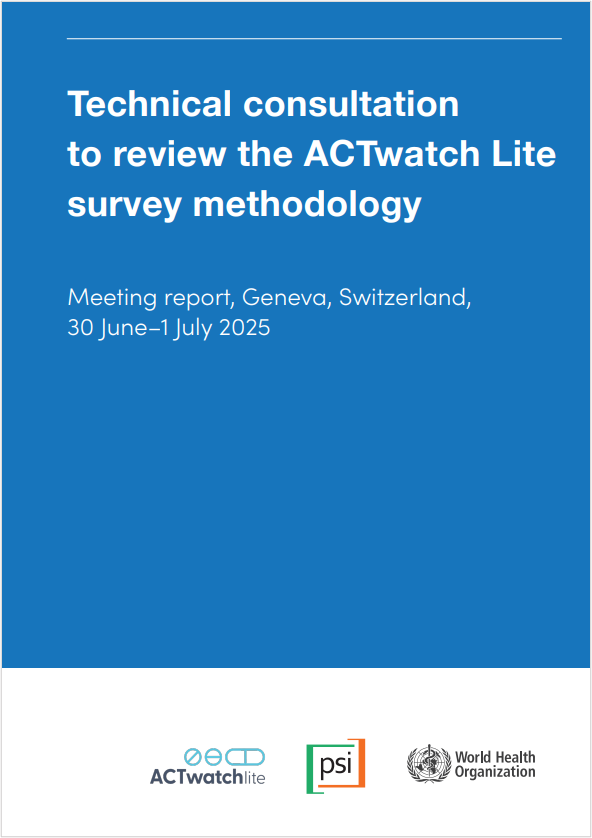Last Updated: 29/01/2025
Analysis of structure, function and dynamics of the enzymes of the vitamin B6 biosynthesis pathway in Plasmodium vivax
Objectives
*Original title in Portuguese: Análises de estrutura, função e dinâmica das enzimas da via de biossíntese da vitamina B6 em Plasmodium vivax
This project proposes the structural investigation of the Pyridoxal 5-phosphate (PLP) synthase plasmodial complex as a possible target for the discovery of prodrugs against P. vivax.
Infectious diseases are one of the leading causes of death worldwide, and the number of antimicrobial-resistant infectious agents is continually increasing. Plasmodium sp. is among the main multidrug-resistant pathogens, making it difficult to treat malaria. According to the World Health Organization, malaria is responsible for 435,000 deaths a year worldwide and 40% of cases are due to Plasmodium vivax. These data highlight the urgency of identifying new therapeutic targets for the development of antimicrobials. Advances in whole-genome sequencing allow the identification of enzymes and pathways that are preserved in many pathogens but absent in humans and therefore are desirable targets for antimicrobial drug discovery. An example of a pathogen-specific pathway is the de novo synthesis pathway for vitamin B6 (pyridoxal phosphate). Pyridoxal 5-phosphate (PLP) is an essential cofactor for several enzymes in all organisms involved in the biosynthesis of amino compounds such as amino acids. A complex of two enzymes, Pdx1 and Pdx2, carries out PLP synthesis. Pdx2 has glutaminase activity and delivers an ammonia molecule to Pdx1, which synthesizes PLP using ammonia, ribose 5-phosphate, and glyceraldehyde 3-phosphate.
Feb 2021 — Oct 2021


